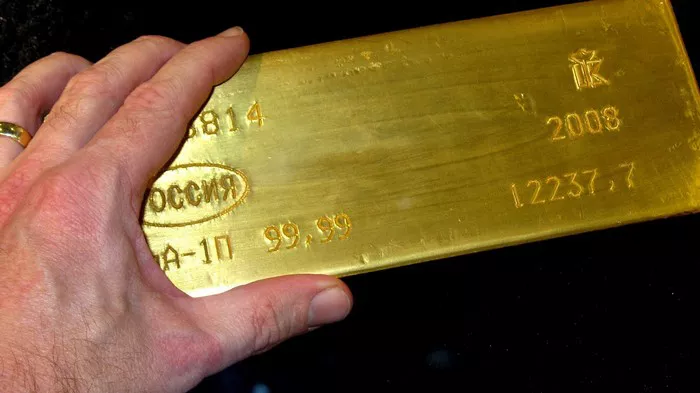On June 5th, the European Central Bank (ECB) held a monetary policy meeting in Frankfurt, Germany, and decided to cut the three key interest rates in the eurozone by 25 basis points each. This marks the eighth rate cut by the ECB since it initiated the rate cut in June 2024. The deposit facility rate, the main refinancing rate, and the marginal lending rate in the Eurozone dropped to 2.00%, 2.15%, and 2.40% respectively.
Reasons for the Rate Cut
Declining Inflation
The overall inflation level in Europe has declined somewhat. Specifically, the inflation rate in the Eurozone was 1.9% in May, lower than 2.2% in April. This slowdown in inflation provides room for further interest rate cuts.
Weak Economic Outlook
The overall economic outlook for Europe remains weak. Although the eurozone grew by 0.4% in the first quarter, higher than 0.2% in the previous quarter, the economy still lacks overall vitality. The ECB has already lowered the economic growth rate for 2025, and the slowdown and stagnation of the economy provide room for monetary policy stimulus.
External Tariff Pressures
The tariff policy of the United States may intensify trade tensions between the US and Europe. Exports and corporate investments related to the Eurozone will face further pressure. To mitigate the negative impact of this uncertainty on the economy, the ECB has chosen to cut interest rates to deal with the possible further economic slowdown in the future.
Impact of US Tariff Policy on Europe
Declining Exports
The tariff policy of the United States directly affects Europe’s overall exports, leading to the obstruction of Europe’s economic growth. The competitiveness of European manufacturing, especially in key industries such as automobiles and steel, is quite strong. However, the direct impact of US tariffs leads to a further decline in Europe’s exports to the US, affecting the overall growth of the European economy.
The Organization for Economic
Cooperation and Development (OECD) predicts that if the United States further raises tariffs, the economic growth rate of the Eurozone will slow down significantly.
Inflation Pressure
The tariff policy may also intensify the overall inflation level in Europe, adding to the existing inflationary pressures.
Supply Chain Disruption
Tariffs may lead to disorder in the global industrial chain and supply chain. Trade protectionist policies will force European enterprises to re – evaluate or adjust their layout. Some enterprises may reduce their reliance on the US market, enhancing the autonomy of the European industrial chain. However, in the short term, this will significantly increase costs and make the supply chain more vulnerable.
Conclusion
The ECB’s decision to cut interest rates for the eighth time in a year is driven by a combination of declining inflation, a weak economic outlook, and external tariff pressures. The US tariff policy has placed multiple pressures on the European economy, affecting exports, inflation, and the global supply chain. The ECB’s rate cut aims to mitigate these pressures and support economic growth in the face of ongoing uncertainties.
Related Topics:

































